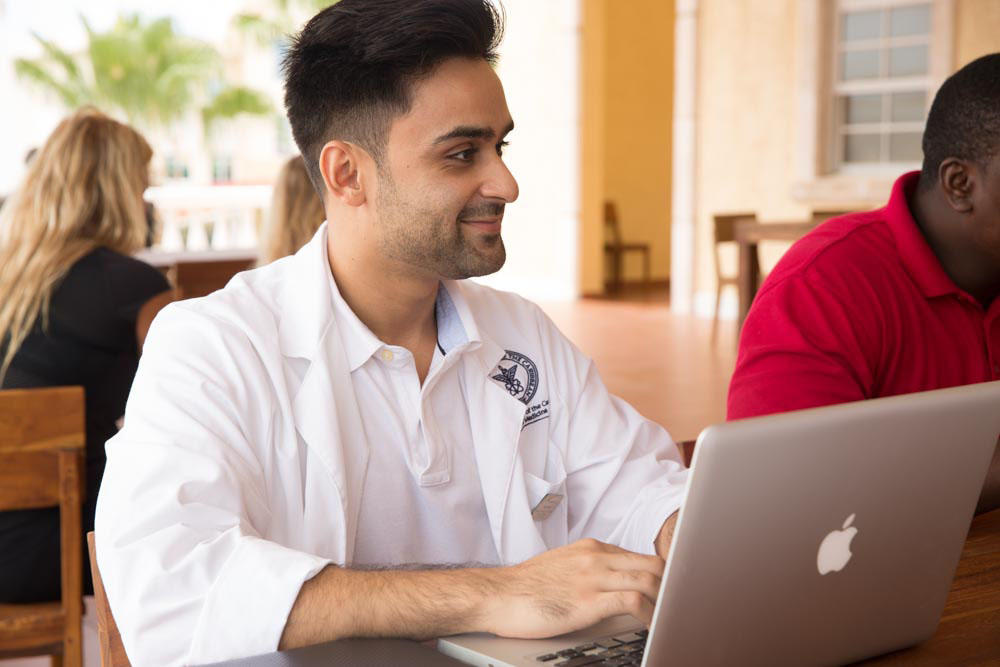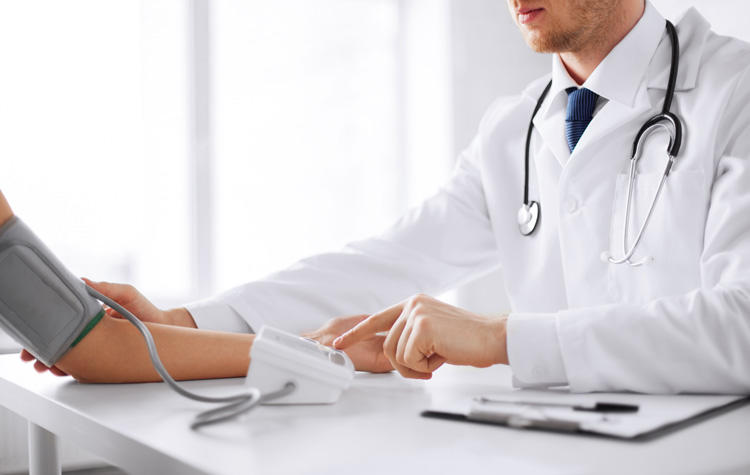Cadaver labs are the traditional approach for medical students transitioning from the classroom to practice, providing invaluable experience and serving as a rite of passage. They are an excellent hands-on resource to help students understand structures within the human body.
Simulation labs—using full-body manikins—are a practical, low-risk way for students to adjust to the demands of becoming a doctor.
Read on to learn more about each type of lab.
Cadaver Labs: A Traditional Approach to Medicine
Cadaver labs allow students to see, touch, and dissect human tissue. The labs create an immersive learning environment where students can deepen their understanding of human anatomy. As students explore each body system, they become familiar with how everything works together to create a human being.
Cadaver labs are also an excellent way for students to observe the impact of disease or injury to internal structures. They may examine enlarged organs, organs exhibiting pathology, results of past surgeries, and more. These labs also inspire empathy and respect for human life.
In a study conducted by Asante et al., around 87% of medical students reported that cadaver labs assisted with retention of learning. This is likely due to the labs solidifying previously theoretical concepts by allowing students to witness them firsthand.
Simulation Labs: A Modern Approach to Medicine
Simulation labs (sim labs) allow students to experience common workplace scenarios, using manikins in place of real patients. These full-body patient simulators can be programmed to present a variety of symptoms and conditions, including:
- Shortness of breath
- Declining or unstable vital signs
- Shaking or shivering
- Dilated pupils
Students can practice performing patient assessments based on the symptoms. After a diagnosis is determined and treatment is administered, the treatment’s efficacy can be monitored in real time. Students can practice intubation, inserting IVs, taking pulses, performing CPR, and administering treatment in a risk-free environment.
Sim labs can improve a student’s confidence in their diagnoses, treatment plans, and collaborative abilities. By providing medical intervention in these simulated scenarios, students quickly develop clinical decision-making skills before they begin working with real patients.
After the labs, students can debrief with faculty for additional insights into their performance.
A 2021 study by Yu et al. found that sim labs can reduce a medical student’s anxiety and improve clinical performance. It also confirmed that repeated exposure to sim lab experiences can increase a student’s confidence in their abilities.
Creating a Comprehensive Learning Experience
American University of the Caribbean School of Medicine (AUC) has a well-rounded approach to medical education. We aim to train compassionate and skilled professionals who can work swiftly under a variety of circumstances. As such, our medical program combines high-fidelity simulation labs with cadaveric dissection to provide the best of both worlds in preparing students for their clinical studies. Many other Caribbean medical schools do not offer the vital experience of cadaver labs.
At AUC, the cadaver lab gives students the opportunity to observe, dissect, and explore all areas of the human body alongside their peers and faculty. This learning experience is further elevated by incorporating 3D applications and medical imaging in our state-of-the-art anatomy lab. This combination of physical and electronic learning offers the chance for a deep understanding of anatomy as well as the development of empathy.
A patient’s condition is fluid and can change at a moment’s notice. Doctors must remain focused throughout the commotion and excitement of bustling co-workers, beeping equipment, and other potential distractions. One of the unique benefits of simulation learning is exposing students to sometimes chaotic factors within the safety of a controlled space.
We believe the two-pronged approach of using both cadaver and sim labs helps students quickly access and apply knowledge to make sound clinical decisions.
Conclusion
Hands-on cadaver labs are great for conceptualization, while simulation labs help students develop their clinical decision-making skills in a realistic environment, in real time. The use of both types of labs provides an expanded learning opportunity for students to boost medical knowledge and confidence.
Looking for a comprehensive medical program? Contact AUC today to learn more.





